Flowers have been found to have existed and been known to man since the Paleolithic era. In addition to flower fossils, archaeologists have also discovered flower pollen buried in graves alongside skeletons. This implies that flowers were an important part of burials. Ever since man has encountered this fragrant natural ornament, it has been used as a symbol of happiness during childbirth, the romanticism of nuptials, and at the time of death. Flowers of different types and colors commemorate different happenings and events.
Scientists claim that there are more than 270,000 species of flowers that have been discovered and documented in the existing 21st century. The evolution of flowers began about 125 years ago during which a variety of 125,000 species of flowers have developed. During Victorian times, flowers were as important as being well dressed. A scented handkerchief sent a message of its own, depending on the type of fragrance it emanated.
Below are ten amazing flowers and their history in a specially compiled list.
10. Daisy, beautiful flower
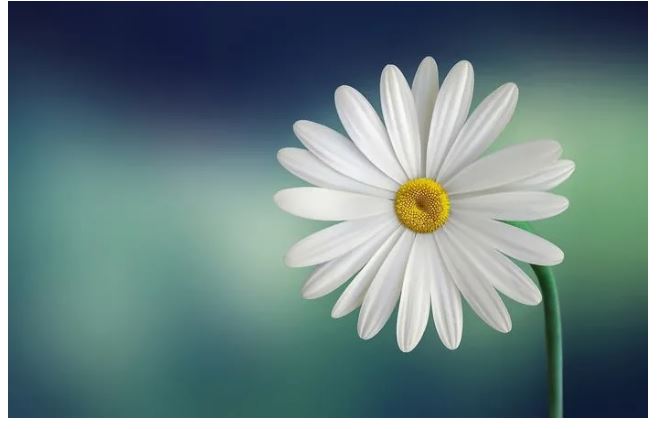
When the Minoan palace was excavated on the island of Crete, the discoverers found beautiful hairpins, each finished in a daisy-like ornament. These flowers are believed to be over 4,000 years old. Ceramics found in Egypt for more than thousands of years have carried images of daisies.
The flower belongs to one of the largest plant families in the Plant Kingdom. They are found everywhere on Earth except Antarctica. Daisies represent purity and innocence, so it might explain why a bride carries a bouquet made of daisies down the aisle.
9. Dahlia, the most amazing flower
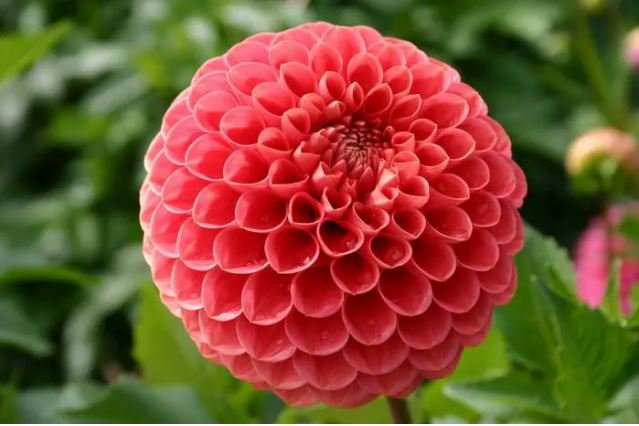
The Aztecs used the dahlia as a treatment for epilepsy. This was discovered through a document that was found just 60 years after the arrival of Columbus in 1929. It was a herbal document that had been written in the Latin alphabet. Dahlias arrived in Europe a bit late. When Lord and Lady Holland visited and stayed in Spain between 1800 and 1805, Lady Holland came across the beautiful dahlia in Spain. She took him to England when they had been in Spain for almost 15 years.
Spanish botanists had found it growing wild on the sandy slopes of Mexico. During the destruction of the potato crop in France in the 1840s, scientists had considered dahlias as an alternative food source. It is named after the Swedish botanist Anders Dahl and is the official flower of the city of Seattle.
8. Gladiolus, the most beautiful flowers

The name gladiolus has been derived from the Latin word gladius which means “sword” and the flower has been named for the shape of its leaves. It was also called “xiphium” which is derived from the Greek word xiphos, which also means sword. The flower is also said to represent the Gladiators of Rome.
The British used the stem of the gladiolus to remove thorns and splinters and as a poultice. In the 18th century, large numbers of African gladioli were imported from South Africa to Europe.
7. Lily – Most amazing flowers
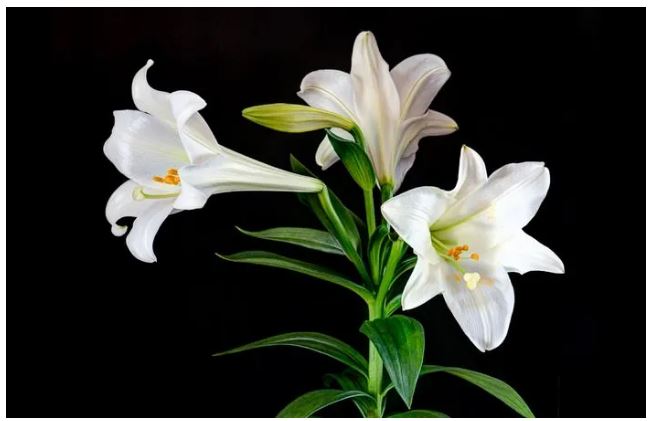
Many ancient myths have been associated with the lily flower. His images have been discovered in finds from the Minoan period around 1580 BC. C. They have been mentioned in the Old and New Testaments. Lilies are said to symbolize chastity and virtue. It is a symbol of fertility in Christian and pagan traditions.
The Greek bride wears a lily flower crown that implies abundance and purity. It is celebrated as the most popular flower in the world and in Europe it is also one of the most frequent flowers among people who choose the lily for their homes and gardens.
6. Rose – Most beautiful flowers

The first Rose cultures appeared in Asia around 5000 years ago. When King Sargon I, king of the Akkadians in ancient Mesopotamia, went on an expedition beyond the Tigris River, he returned with “figs, roses, and creepers.” This happened during 2684-2630 BC. In the writings of Confucius, we find that the Emperor of China possessed more than 600 books on the culture of Roses.
In Rome, the rose was introduced by the Greeks. All the streets were strewn with rose petals during the games. Archaeologists have found painted roses on Egyptian walls dating back to the 5th century BC. until the time of Cleopatra, who is known to have scattered rose petals at Anthony’s feet.
5. Sunflower

Native to Central and South America, sunflowers were known more for their benefits than their beauty. Some botanists believe that sunflowers grew wild in Italy and Spain. Francisco Pizarro is said to have seen Inca natives in Peru worshiping a giant sunflower in 1532. The Inca priestesses wore clothes that had large sunflower discs made of gold.
4. Tulip – Most beautiful expensive flowers
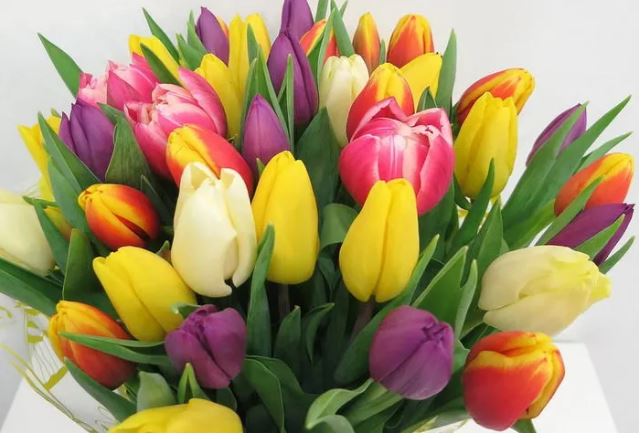
The great magnate Baber counted 33 different species of tulips that grew near Kabul, Persia, more than a thousand years ago. They grew up in the wild unperturbed by the activity of the man of those times. The word “tulip” is believed to be a spoiler for the Turkish word for turban. Tulips were painted by architects and artists so often that Europeans thought it was the symbol of the Ottoman Empire.
Poets often wrote their poems citing references to the tulip. Venetian merchants brought tulips that were bought by wealthy people in Turkey. Many fabrics were decorated with tulip designs and in 1610, it was something only wealthy and fashionable women used as corsages.
In the 17th century, a small bed of tulips was worth between 15,000 and 20,000 francs. Yes, let that sink in, because Matilda Loisel from Guy de Maupassant’s “The Necklace” had to repay 50,000 francs in ten years, and that was too much after the seventeenth century. Between 1634-1637, people abandoned their jobs, wives, homes, and lovers to become tulip growers. Imagine that!
3. Violets – Most amazing flowers

When the nuptial between Napoleon and Josefina took place, she wore violets and since then, on each anniversary, she has received a bouquet of violets from her husband. Napoleon was nicknamed “Cape Violet” and the Bonapartists chose the violet as their insignia.
Napoleon was exiled to the island of Saint Helena, but first requested a visit to the grave of his wife. On his deathbed, he wore a medallion around his neck that had violets collected from Josephine’s grave. I could make a complete romantic short story with this version of violets!
2. Holly – Most beautiful flowers
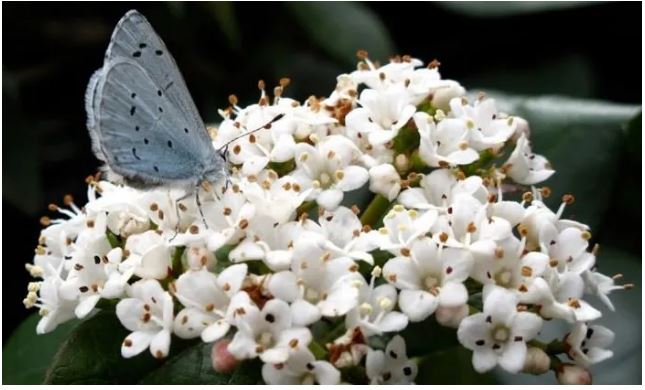
Holly is used in winter decoration and this particular use of the flower dates back to the bond of the Celtic peoples of Northern Europe. These people decorated their homes with saints during the Yule or winter solstice season. The ancient inhabitants of Rome believed that the flower prevented witchcraft and lightning, so branches were gifted during the festival of Saturnalia, also celebrated on the winter solstice.
The early Christian Church preserved many traditions of the Celts and Romans, one of which was the importance of holly in the celebration of Christmas. The first followers of Christ associated the thorns of the holly with the thorns of the crown of Christ during the crucifixion and the berries with the blood of him. Medieval monks also call it the Sacred Tree. There are about 400 species of holly.
1. Carnations, The most amazing flowers

Carnation flowers were used in Greek ceremonial crowns. They were grown as garden flowers in ancient Greece and Rome. The word carnation comes from the Greek word “carnis” which means flesh which refers to the original color of the flower, or perhaps the word “incarnation” which refers to the incarnation of God-made flesh. The cultivation of these flowers began more than 2000 years ago for their appearance and intense fragrance.
Legend has it that the first carnation arose from the tears of Mary after Jesus was crucified. In most countries of the world, carnations are a symbol of the labor movement and mother’s love. In France, these flowers symbolize bad luck and are used for the preparation of funeral bouquets. The Latin word for carnation is “Dianthus” which means “flower of the gods”.





